Author: Chris Bennett
This article will focus on providing some brief information on a house/building later to become known as The Old House at Home Public House, situated on the main road through the village of Burton. We hope you can get a flavour of some of the history surrounding this building. Should any further information be forthcoming about this building we will provide this in future articles. Here is the story so far…….
From records provided by The Wiltshire & Swindon History Centre we obtained a copy (as below) showing the Plan of the Parish of Nettleton (dated 1839). From the plan we can see Plot number 183a representing the location of the OHH building. Also note the land at the rear of this building (plot numbers 183b & 184) which represents the area later becoming the Coach House and sometime later added to with a property named the New House (1998). The connection with the Coach House will hopefully become more apparent later in this article. At this stage we are unable to provide a date as to when the property was built, although it is estimated to be around 250 years old.
Plan of Nettleton Parish (1839)
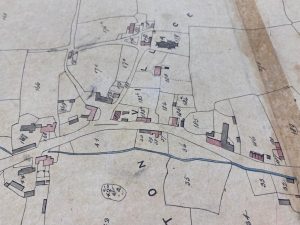
Researching records entitled ‘Rent Charges in Lieu of Tithes in the Parish of Nettleton (date stamped 4/2/1840) revealed the following information:
The plot (183a) was owned by the Trustees of an Andrew Carrick and contracted to be sold to a Thomas Penrice, although at the time it was rented by a Richard Rafsell.
Who is Thomas Penrice (1820-1897)?
Researching The Kelly’s directory for Wiltshire – 1867, he was listed in the Nettleton section of the directory as Thomas Penrice esq. as Lord of the Manor (Kilvrough estate). The Kilvrough estate is situated around Swansea. He was an acquaintance of a George Julius Poulett Scrope MP, who lived at the Manor House, Castle Combe. It would appear the OHH building was at some time part of the Castle Combe Estate of the Scrope family.
Interestingly the records don’t provide the names of any buildings, merely giving only a Plot number(s) and a loose description of the building/structure such as ‘cottage and garden’ therefore the identification of a building has been done on the basis of recognition by the article writer. To put this into context it might be useful to understand the meaning of the word Tithes:
What are Tithes?
A tithe is a one-tenth part of something, paid as a contribution to a religious organisation or compulsory tax to government. Today, tithes are normally voluntary and paid in cash or cheques, whereas historically tithes were required and paid in kind, such as agricultural produce.
What happened in 1836?
The custom of paying tithes for the upkeep of a parish is ancient and dates back to Saxon times. But in 1836, the payment of tithes was substituted by a rent charge on land which varied on an annual basis based upon the price of corn. It was in effect an index-linked local tax.
What did we find next during this research?
On checking a book entitled ‘Duties on land Values 1909-1910 we discovered an entry Number 3 (as shown below) this is the first time we can see the actual wording ‘Old House Inn, note the title is Inn and not a public house. The name of the occupier from deciphering the handwriting is believed to be a William Wallop. The owner being recorded as a Miss Woodman. The Woodman family featured in a separate Bugle newsletter article (Feb 2022) featuring the Woodman family, whose head Frederick Woodman (died 1891) was the incumbent Rector for the church. He had 10 daughters, one of which may well have been the named owner of the Old House Inn.
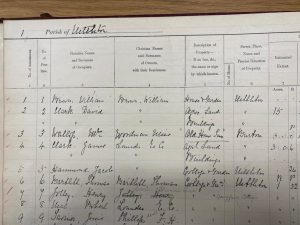
We also examined a book entitled Wiltshire Inns 1783-1901 and discovered the below entry (as shown) for the Old House at Home, beginning in 1879 and was owned by a George Clark, a farmer and beer retailer. This would appear during our research to be the first time the building is named Old House at Home. We know (as featured in a previous Bugle newsletter article) at this time the name Clark was very much involved in the farming of the area.

What is a beer retailer?
Beer retailers were not quite the same as publicans, and were exactly that – beer retailers, they had a licence to sell beer only, not wines or spirits, and were probably more like off-licences. Their establishments did not always have ‘pub’ names, so often the only indication you have is within the occupation column.
Ordnance Survey maps from about c1884 records indicate a separate building at the rear of the OHH Inn and part of the Rectory estate, this is the house which became the Coach House. In addition, the high dry-stone wall at the rear of the OHH had an archway which led directly to the Coach House (this has now been filled)
The next photograph shows an aeroplane parked to the side of the pub (taken approx. early 1940’s), and we can clearly see the original main doorway to the side, leading into the pub, the door was later moved to the front when an extension was built in about 1990

What happened in September 1952?
Information from the Fice family we have established the circumstances surrounding a fire which gutted the entire building. The significance of this information centred around the relatives of a Mr Fice whose grandfather was Station Officer Taylor a fireman based at Chippenham who attended the blaze.
A local Chippenham newspaper article provided witness accounts of the events, detailing how the family escaped from the fire (see below) To the side of the pub the image has a sign ‘Newgate Brewery’, this was linked to the Wadworth brewery in Devizes.
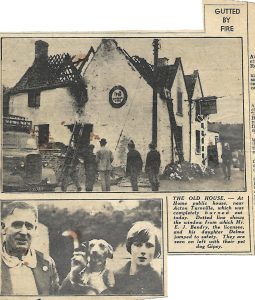
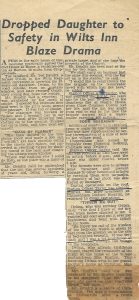
Reading the newspaper article, we can see mention was made by the then landlord a Mr Bendry, who quoted “he believed the building ‘a private house’ was previously linked to the church”. This suggestion is supported when you look at the records uncovered during the research conducted around The Rectory. A potentially interesting piece of information for a direct link between the Old House Inn and the local church (1909-10)
Inn/Pub Signs
The first photograph (below) shows the sign attached to the building and reads The Old House at Home Inn dating to approx. 1930’s
The second photograph (below) shows the pub sign which was in use from around the 1980’s and depicts a soldier from World War 2 coming home from the war.
The third photograph (below) is a later modified version of the second, and depicts a Donald Warburton (father of Dave) in his uniform, who served in the war. This is the pub sign in use today.
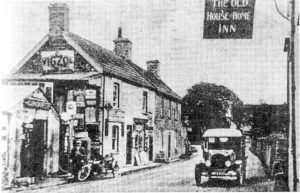

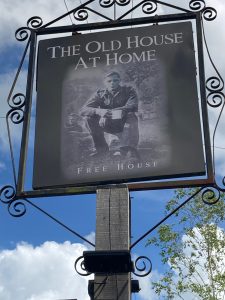
Dave & Sally Warburton took on the tenancy of the OHH pub from the Wadworth brewery moving to Burton in about 1984, to live in the flat above the pub, they have two sons Mark & Matthew (Matt). Following a successful period of a few years, they eventually bought the pub in 1989/90. The Warburton family made a successful business, so much so they built a large extension with substantial alterations making the property what it is now, a thriving well known and popular hostelry throughout the wider area of the south West.
The photo (below) shows Dave & Sally behind the very small bar in around 1986.
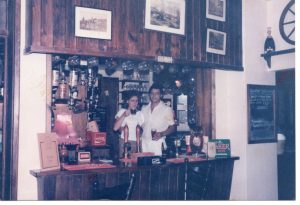
Sadly, Dave became very ill and later died in December 2017. The growing business was taken on by the two sons, who over the years developed the business to what it is now by further acquiring a number of other public houses forming the OHH Pub Company. As of 2022 Mark & Matt continue to be the owners of the pub.
There will be more about the Warburton family and the pub in a future edition of The Bugle.
The Bugle Editorial Team would like to thank the Warburton family and current staff of the OHH pub for providing some of the fascinating story behind one of our historic village buildings.
Reference material was provided with grateful thanks to The Wiltshire and Swindon History Centre in Chippenham.
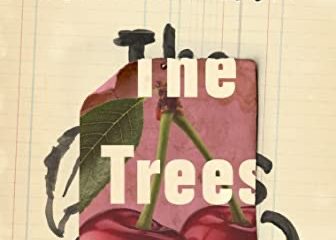

0 Comments